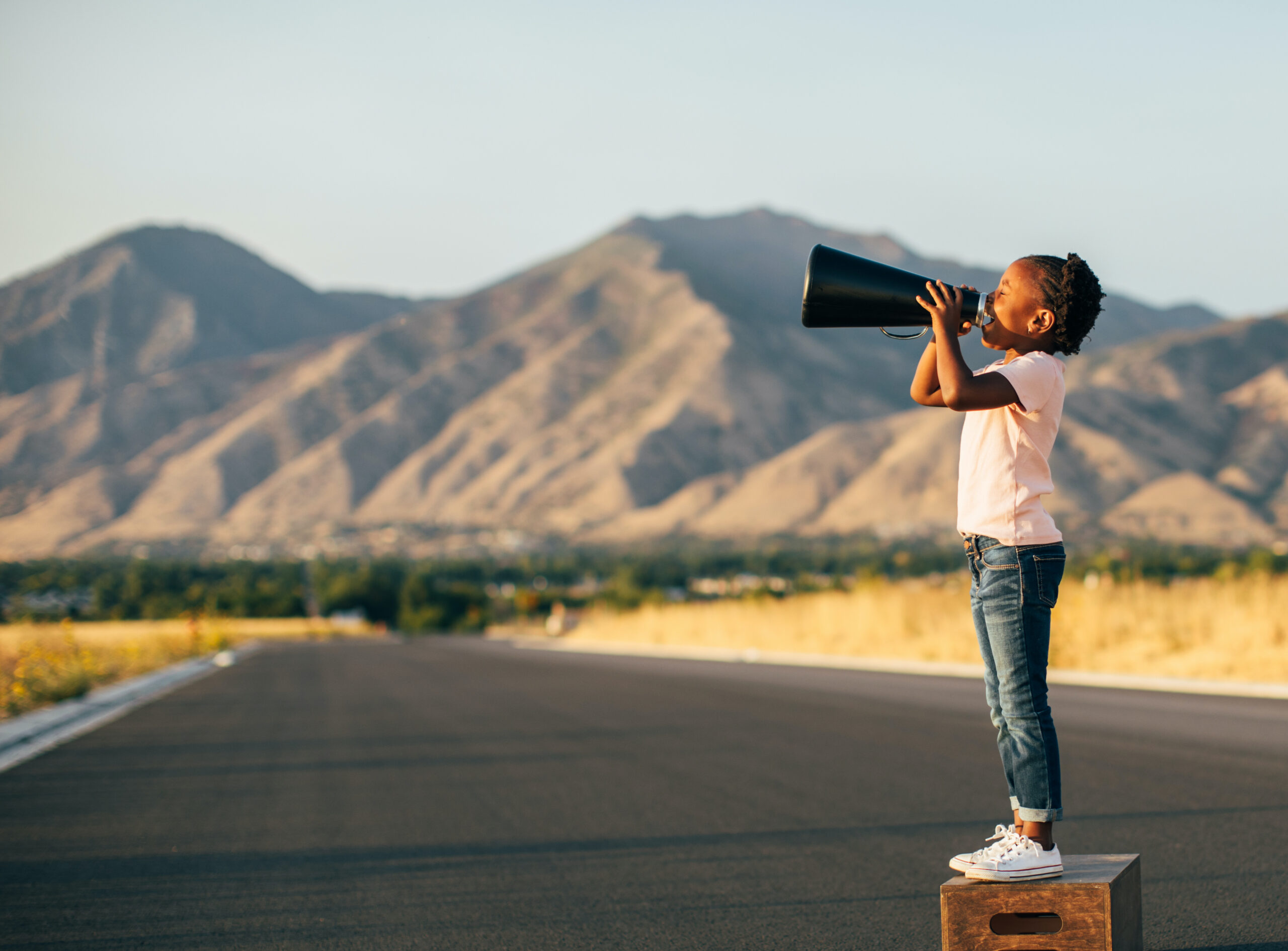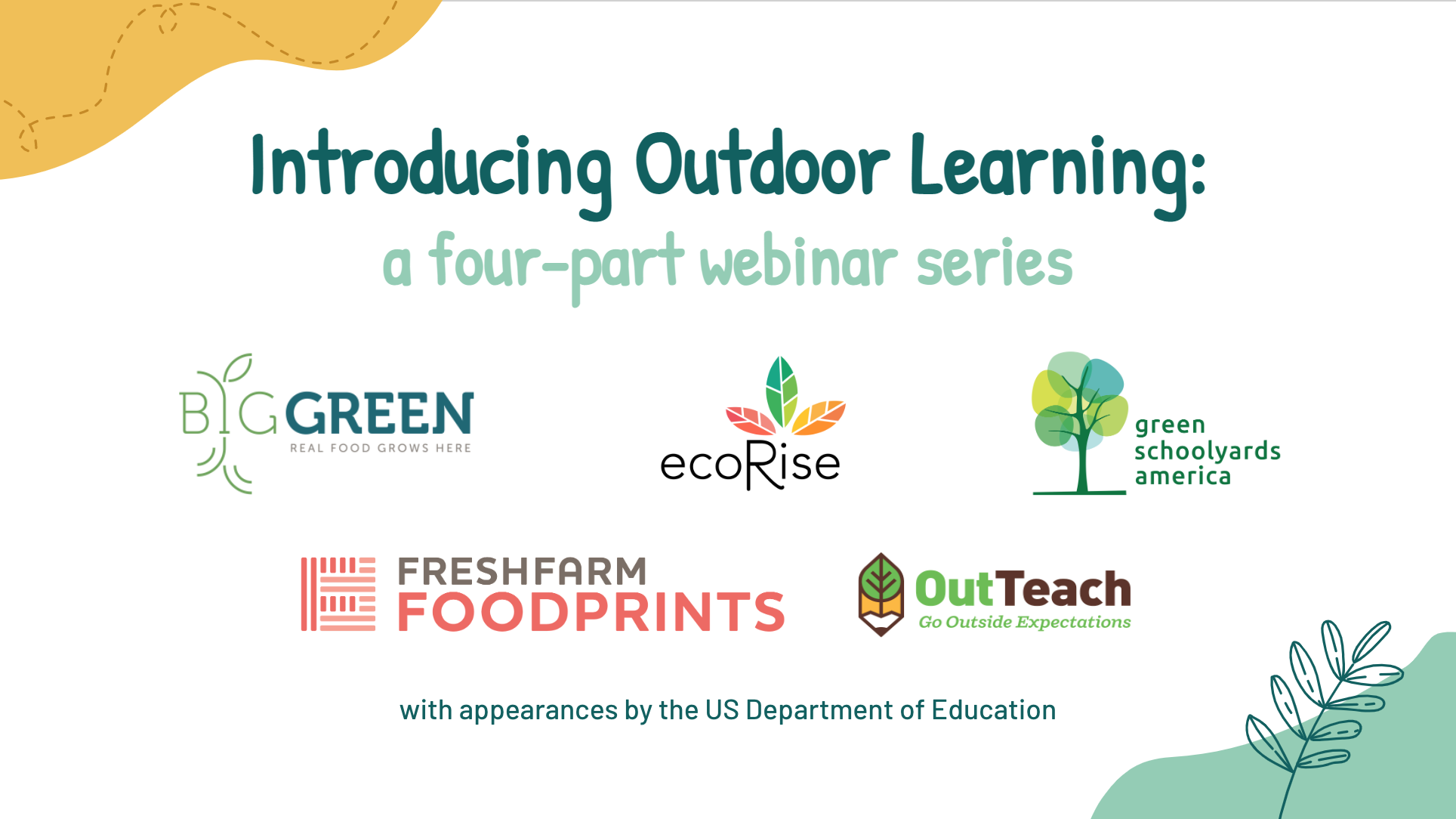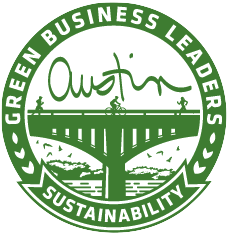Welcome to Part 4 of the Outdoor Learning Webinar Series hosted by Big Green, EcoRise, FreshFarm Foodprints, Green Schoolyards America, and Out Teach with appearances by the U.S. Department of Education!
During the pandemic, thousands of educators across the country began exploring the possibilities of outdoor learning to improve safety and bring momentum to the already growing outdoor learning movement. Now that schools have returned to in-person instruction, schools and educators are looking to outdoor learning to help students get healthier and happier while making lessons more engaging and effective. The 4-Part Outdoor Learning Webinar Series was created to offer clear and direct guidance on why and how teachers, schools, and districts can invest in outdoor education utilizing programmatic and funding resources that are available. Explore the well-documented benefits of outdoor education, tools, and funds (including the ESSER funds provided by the American Rescue Plan Act) available to bring the multitude of benefits of outdoor learning to your students through the webinar series recordings here.
On May 25, 2022, EcoRise hosted the final webinar in the series about Equity in Outdoor Education & Environmental Justice. As educators, our most important task is to determine how we can create equitable learning for all students. Educators from across the country joined us to hear from school leadership and environmental education experts about their personal and professional experience in ingraining equity into outdoor learning and education. During the session, we established an understanding of equity and environmental justice, learned about the history of public spaces and the impact of that history, and explored the interconnected nature of environmental justice and education.
Speakers
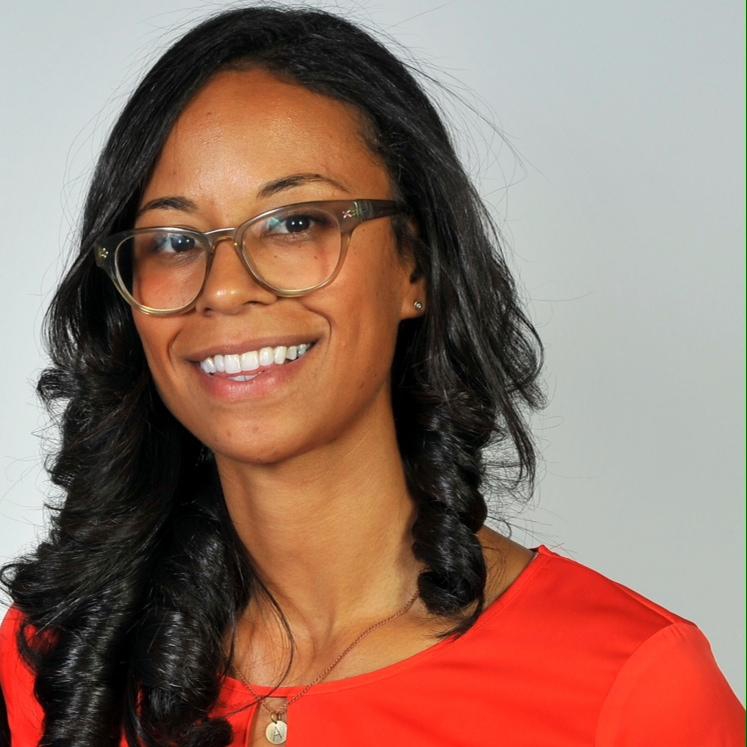
Ashley Rouse
Director of Project Learning Garden and Project Giving Gardens, Captain Planet Foundation
Over the past 15 years. Ashley Rouse has spent her time working in food justice, nutrition justice, racial equity, and social transformation in the local food system by being a leader in the farm-to-school movement. She was the Out of School Time sector director for HealthMPowers, where she created a “farm to after-school” program in partnership with Boys and Girls Clubs of Metro Atlanta. She has been a partner of Captain Planet Foundation since 2010 with the launch of the school garden program in Cobb County. She taught 7th-grade life science and engineering and founded a rooftop garden with students at Maynard Jackson High School that quickly grew into a garden to cafeteria pilot. She enjoys practicing yoga and meditation in her spare time.

Bridget Joyce
Attorney, Program Legal Group, Office for Civil Rights, U.S. Department of Education
Bridget Joyce joined the Office for Civil Rights (OCR) at the U.S. Department of Education in September 2013. Bridget’s work in OCR has focused on the prevention of discrimination based on race, with an emphasis on the civil rights of English learners, prevention of discrimination based on race in special education, and school integration. Before joining OCR, Bridget worked as a litigation associate at Arnold & Porter LLP, where her pro bono practice focused on the Individuals with Disabilities Education Act. In 2019, Bridget and OCR colleagues established the Green Team, an affinity group to promote environmental sustainability. Bridget has a law degree from the University of Virginia and an undergraduate degree from The George Washington University.
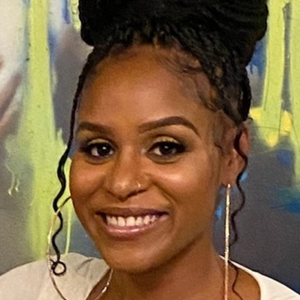
Jerri Taylor
Director of Diversity in Green Careers, Project Learning Tree
Jerri Taylor leverages successful tools and resources to build support programs for diverse young people as they navigate green careers. She leads the career pathways programming, the Green Mentor program, and the Green Jobs employer training efforts. Jerri will also support the Chief Sustainability and Diversity Officer in diversity, equity, and inclusion efforts across all SFI pillars. She is an experienced K-12 professional school counselor and has dedicated her professional life to connecting youth with resources and opportunities. Jerri holds a Masters of Education and Human Development, with a concentration in school counseling from George Washington University, and a Bachelors in Family and Consumer Sciences from the University of Maryland. Jerry is the Director of Diversity in Green Careers for Project Learning Tree.
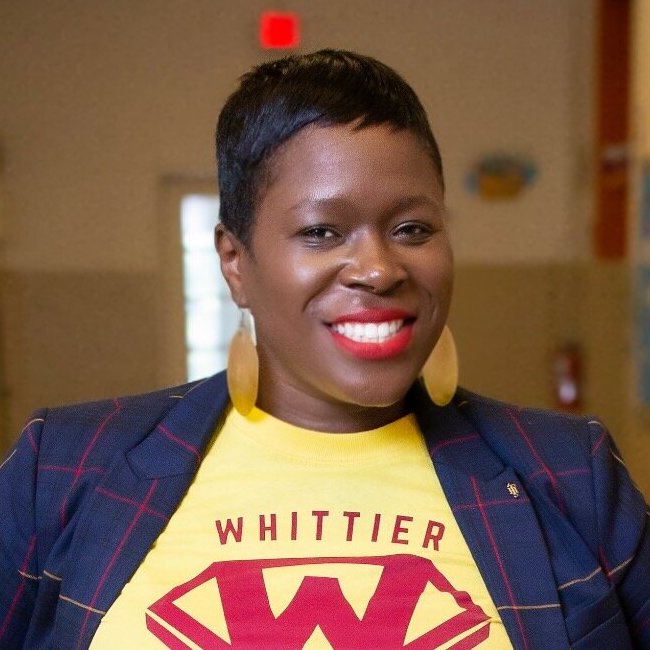
Tiffany Johnson
Principal, Whittier Elementary School
Tiffany Johnson is the proud Principal of Whittier Elementary School located in Washington, DC. Ms. Johnson has led the school to become a Green Ribbon school which is endorsed by the U.S. Department of Education. Ms. Johnson has spent nearly 18 years in the District of Columbia Public School system. Here she served as a teacher, assistant principal, and principal. Tiffany knows what truly drives student success and enhances sustainable leadership capacity. Ms. Johnson coaches new principals and leads professional development for DC Public Schools. Her goal is to connect and support school administrators while ensuring students are always first across sectors. Tiffany holds a bachelors from Howard University. In addition, she has two masters from Trinity University. Ms. Johnson is a lifelong learner evidenced by her ongoing attendance at many conferences held across the country. When Ms. Johnson is not leading her phenomenal school, she is spending time with her two teenage sons.
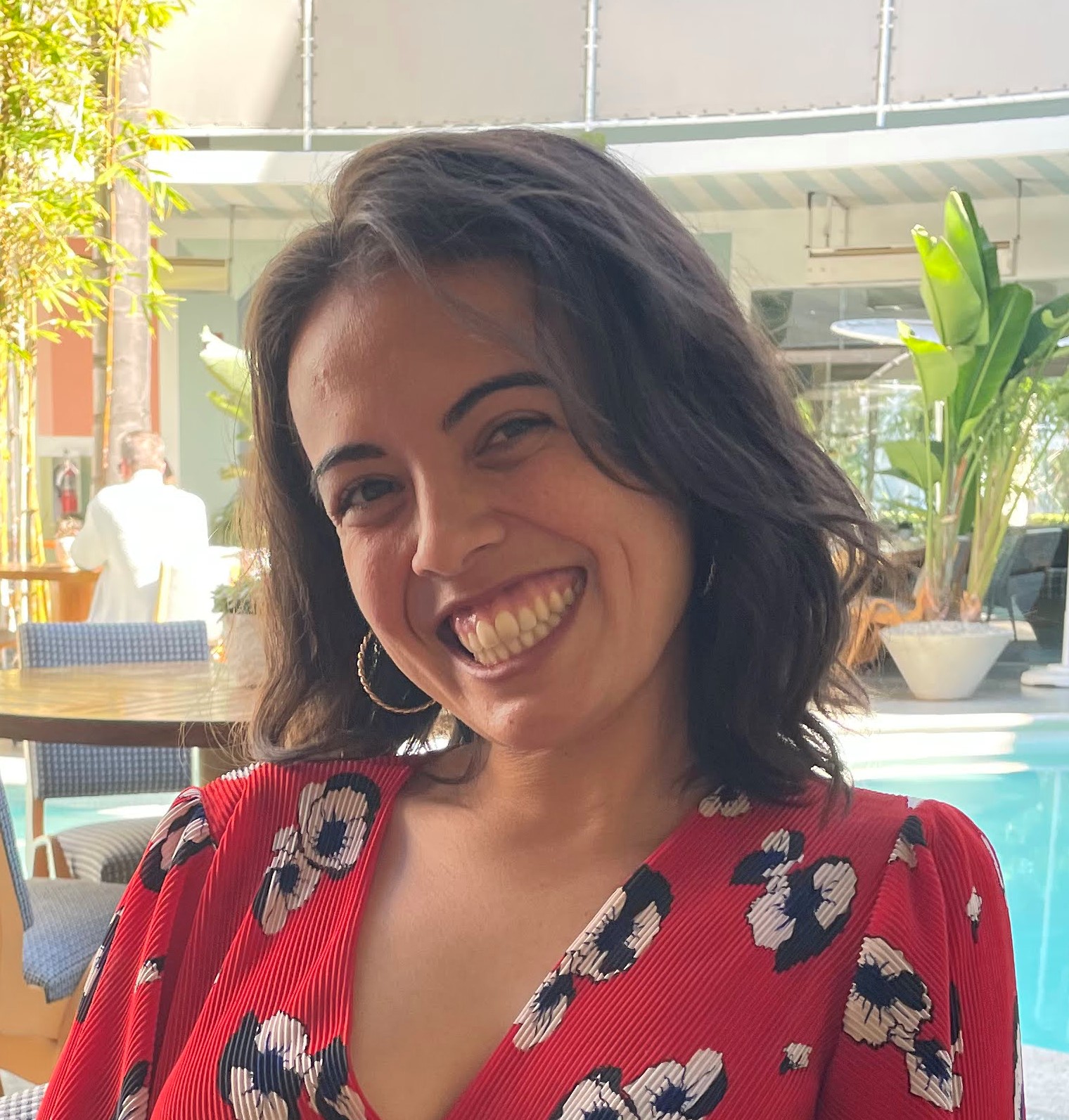
Anel Torres
Education Specialist, EcoRise
Anel Torres is a former K–6 classroom teacher and math specialist. She has over 7 years of experience planning and designing learning experiences for audiences with diverse needs and learning styles that facilitate deep learning and engagement. I am experienced in coaching adults in various content and instructional practices as well. At EcoRise, she is developing and designing curriculum for a K–12 audience. She’s been immersed in learning all she can about planetary health and how it’s interconnected with human health and the health of all living beings, as well as staying curious to her role as a steward to Earth.
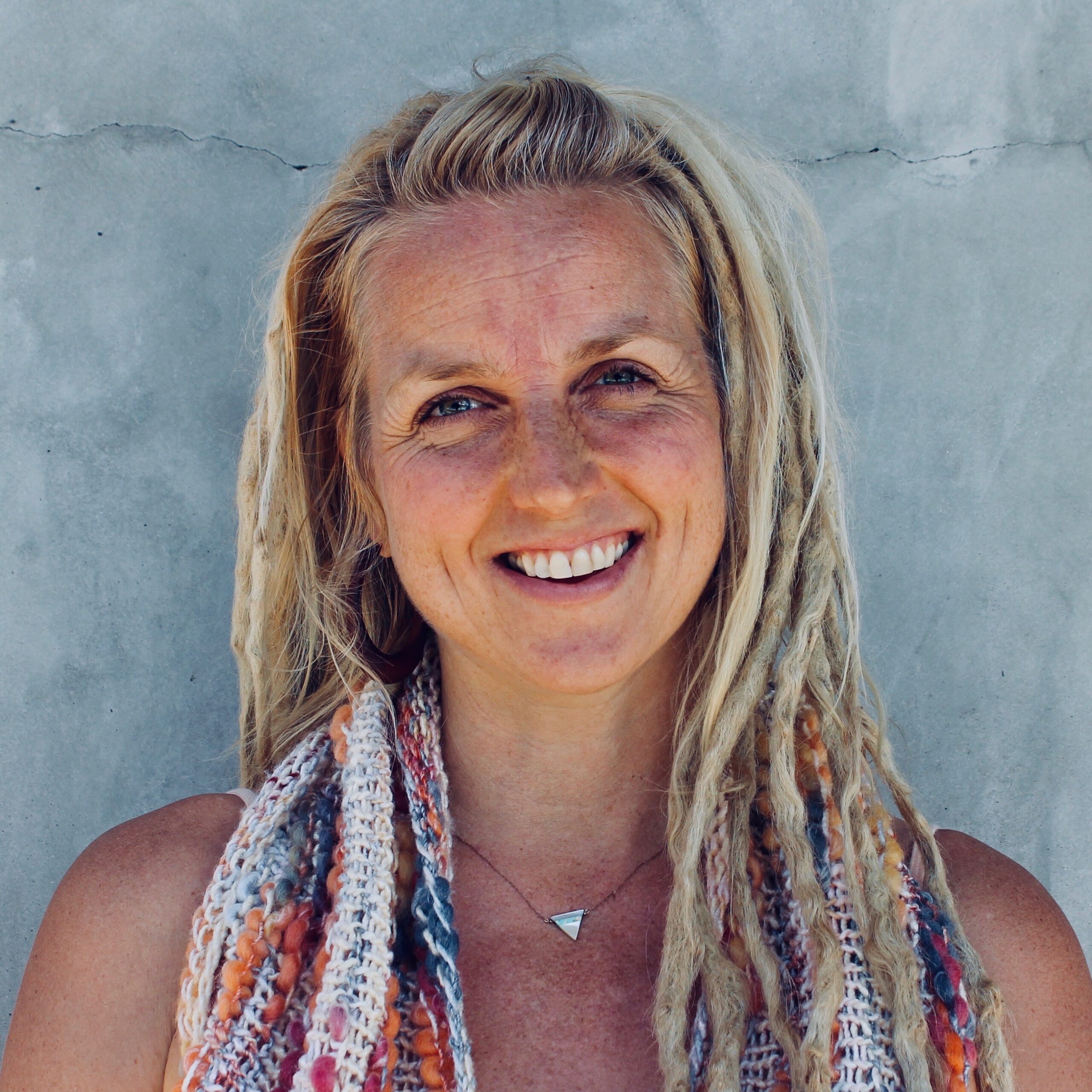
Kizzy Hannibal Xolani
Co-Founder and Program Manager, EcoRise
Kizzy is a co-founder of EcoRise and has played key roles in every department since the organization’s inception. In her current position, she manages programming in D.C. and California, where she supports K-12 teachers with their sustainability and environmental justice initiatives. She is a co-collaborator of EcoRise’s Introduction to Environmental Justice (EJ) curriculum and EJ Professional Development workshops and initiatives and co-leads EcoRise’s equity, diversity, and inclusion initiatives. She is also a facilitation and development advisor for EcoRise’s year-long Youth Climate Council programs and has 20 years of experience in teaching, developing, and running outdoor youth leadership programs; training and mentoring facilitators; and launching non-profit organizations. Kizzy feels that collaboration, representation, and a healing-centered approach are key to community engagement, transformation, and well-being.
Resources
To use with students:
- Access the Introduction to Environmental Justice Lessons by EcoRise
- Read Black Faces in Green Spaces: The Journeys of Black Professionals In Green Careers by Project Learning Tree and the Sustainable Forestry Initiative
- Explore Project Learning Tree’s Curriculum Offerings
- Explore FreshFarm FoodPrints’ Conservation and Food Justice lessons
- Learn how to become a food justice advocate in this video lesson
- Explore the terms fair and equal and practice fractions in this lesson from FoodPrints
To learn more about equity in outdoor learning:
- Address Systemic Inequities in School Infrastructure
- Learn about Project Learning Garden by Captain Planet Foundation
- Learn about Project Giving Garden by Captain Planet Foundation
- Learn about the U.S. Department of Education Green Ribbon Schools designation
- Check out the Green Strides School Sustainability Resource Hub
- Read the No Child Left Inside Act of 2022
Questions Asked & Answered During the Webinar
1. Carol asked: I am a retired educator in Chicago where the violence among youth from economically poor neighborhoods occurs daily. Youth are killing other youth. I also have first-hand knowledge of Learning Gardens and in most cases, there is a disconnect with the in-school curriculum, and it has been an add-on for a handful of students after school. Environmental racism is blatant in Chicago. Where do we start?
Ashley Rousse answered: Start in your community where you can co-create and design what programming can look like for your youth. In the past. I’ve worked with youth in my neighborhood. We worked with kids that had dropped out of school and gone on to serve time in prison. They were used to digging in the soil because they were digging graves. We work with kids in kids in high school and had a program that operated during the summer where we taught them how to make mounds and grow food. They became entrepreneurs, selling the food to chefs and local restaurants. They attended local farmers’ markets. They wanted to learn how to cook the food, so we had a chef come in and prepare the food with them and teach them how to cook. We shared meals together. Then we incorporated law into the program because they wanted to know how they can respond to police officers if they’re approached on the street. So I do believe that our youth are the answer, and having a conversation with them, finding out what they need, and how they want to be a part of something, is the best way to decide design what programming looks like.
2. Emily asked: What system-level supports do you think we need to help build capacity for all DC schools to go as deep with outdoor learning/environmental learning as you have at Whittier? Do you think it’s funding for partners, more infrastructure, training for school leaders? (i.e. what should we prioritize when advocating?)
Tiffany Johnson answered: The first thing is establishing a team so that the work can live outside of the leader. Establish a green team—a team of stakeholders who understand the mission and vision, who can support with the advocacy for programming and funding. This is a community thing. So, I had to partner with my community. I got parents, students, and get local businesses to buy into helping us install a compost station at the school. I told them we’re gonna have a full farmers’ market, this is what we need from the community to help support this. Next identify partnerships that are in alignment with your mission and vision. Then seek out the funding for the green initiatives. Most of the time, if you find that partner. I’ll tell you clear-as-day, FreshFarm FoodPrints and Out Teach have been the best school partners because they will so help you find findings. So if you find the partnership that’s your that’s an alignment to your school vision, the partners are going to really help you secure funding to move forward with what you’re trying to do. If your vision is misaligned, if you don’t have a team that’s going to help see this thing through, then it’s not gonna work. You’re just getting funding but you’re not going to really embody the impact.
3. Janette asked: How are school cafeterias involved in offering fresh food? Is the U.S. DOE improving the food quality that is served at the schools?
Jerri Taylor answered: I can speak about my experiences when I was in DC. We had local farmers’ markets come to our school, we planted our own produce, and the Michelle Obama act brought in healthy foods. We had to do a lot of nutrition classes for our students because they did not have food recognition. I.E. “I’ve never seen a squash, I’m not eating a squash.” “I’ve only seen something canned.” So my students were not eating regular apples. To help this at my school, we worked with the University of Maryland and the Public Health Department to have lessons for our students to learn the different food and about nutrition. And other organizations, like the Mary Center, also helped our parents understand of the benefits of nutritious meals. That increased the number of families that were actually eating the foods at our school as well as seeking our weekend options of healthy food. This wasn’t really done through the school system but was a project of our counseling team because we knew without healthy food they were not going to be able to achieve.
Tiffany Johnson answered: The district is doing more if you have a garden and you’re growing your food. There’s now a process of working with the kitchen staff to support the integration of the produce that has been grown in the school gardens. I know with our partnership with FreshFarm, our students make it, and sometimes they eat that for lunch because they’re so excited, like you said. If they have never been introduced to kale salads and now they’re making it in the FoodPrints room they’re like “Oh, no, I’m not gonna eat this lunch today, this is what I’m gonna eat!” Not-as-fresh cafeteria food is still a thing because as a district you have vendors that you have paid. But now it is changing—is it changing at the pace that we will like it to, that’s another question. However, it is changing because more healthy options are getting into the hands of students through these partnerships.
4. Laura asked: Where do you recommend teachers should start when getting started on equity work.
Jerri Taylor answered: You have to start in your school. You cannot start outside of your organization. So when you start with equity work, my experience has been that you have to start with the people that are working within. And make sure they are comparable for that conversation before we can start talking outside about it. So I always say the work starts on the inside while still doing work on the outside. Because if everybody is not ready to do equity work—I have seen the disasters as a counselor doing DEI work—it doesn’t really work well. At my organization, we started having the conversation at the board level. That meant changing up our board, making sure the board of the school was diverse, making sure that the people that were in leadership were diverse, and then starting to have those conversations with staff. Because if you’re not comfortable, it can be traumatic for the youth you serve.
5. Christine asked: Can you speak to the importance of ecotherapy and overcoming barriers that urban schools face in regards to access to green spaces?
“Jerri Tayor answered: I’ve only worked in urban education and there’s important factors that come from ag therapy. One of the things that I notice is there are not a lot of green spaces. Within the school building, we made sure everybody put their feet on the ground for grounding techniques everyday. I also made sure that every student I worked with had a garden—a space within my office where they had plants, but also outside of the building. Just because it’s important for youth to see things grow. Especially in communities where they’re not seeing a lot of growth, whether it’s high murder rates or things of that nature. We’ve worked with a lot of students in North Carolina that have come from programs like Yes, I Can that worked on our farm. We saw a lot of differences in behaviors once we incorporated agro therapy. So I would definitely say, there are ways that you can do it. Even if there are not a lot of green spaces, go outside and let them grow their own plant. It doesn’t have to always be like this huge hiking adventure. Outdoors can look many ways as long as they get sun touching their skin. Those are things that can bring up your energy, that can build the momentum. Smelling lemongrass can change your whole energy. There are little things that you can do in your classroom that may not require outdoor space. So I think we have to think outside of the box, specifically in urban environments, about how you can present the outdoors even inside of the class.
Tiffany Johnson answered: For us, for the winter months it was hard because it’s so cold outside. So what we did was we wrote a grant to get more plants and greenery inside of the school, so that it gives that nature vibe for our students and staff members. Recently, we just created a courtyard for our teachers, so that they have a place for them to go out, decompress, and reap the benefits of nature as well. For our students, now as it’s getting warmer outside, not only are they like doing the garden, they are going on miniature hikes because the front yard is hilly. We also have 2 teachers who like doing yoga outside with the students before they transition back into the school building. So we are definitely reaping the benefits of Eco-Therapy, as well, at Whittier Elementary.


